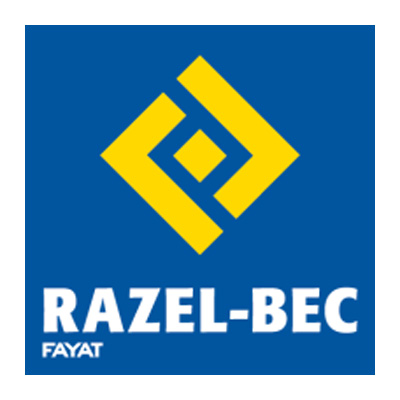
Humanoid robots in the construction industry: A future vision
Octobre 2025
Mc Kinsey (9 pages).
Humanoid robots are still at the pilot stage but could emerge as the solution to the construction sector’s productivity problem. How can industry leaders prepare for their entry into the workforce?
Mc Kinsey (9 pages).
Humanoid robots are still at the pilot stage but could emerge as the solution to the construction sector’s productivity problem. How can industry leaders prepare for their entry into the workforce?

















